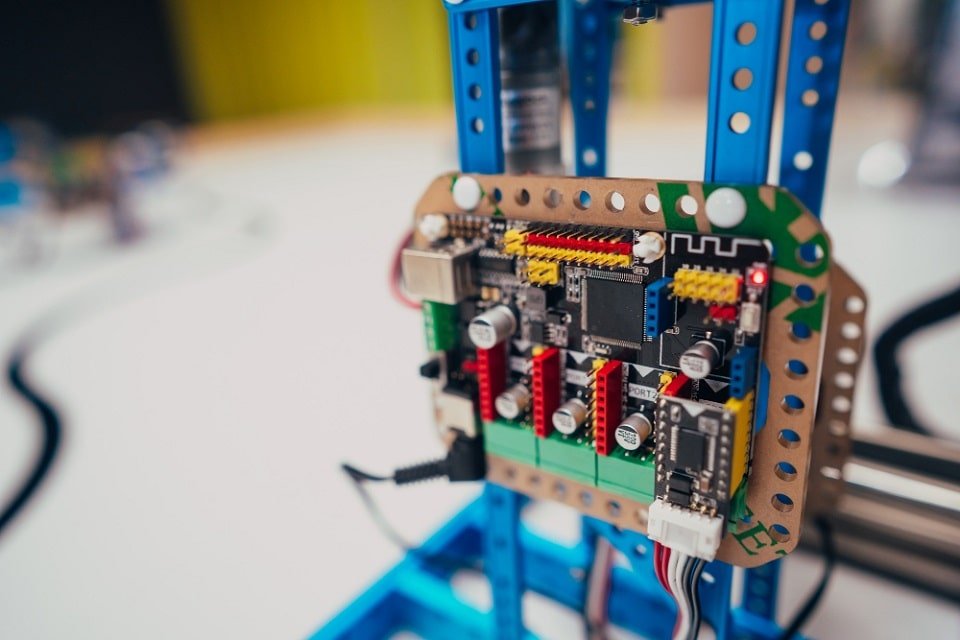There are many options for blasting machines on the market. Choosing the right one for your application will depend on several factors.
The machine should be durable and easy to use. In addition, it should have the features you need to complete your job.
#1. Safety
The portable closed-circuit blast machine can help protect workers from exposure to hazardous abrasives. They also eliminate the need for encapsulating blast areas or wearing full PPE, reducing operating costs and risk.
Standoff distance, containment, and media recapture controls should all be in an ideal airblast AFC blast room system. These characteristics can improve productivity and lessen operator exposure to abrasives.
In addition to regulating the impingement angle, a nozzle can adjust the standoff distance of a blast head concerning a surface. It allows for blasting different types of surfaces.
A sealing assembly can also mitigate communication of the dispensed blast media and particulate matter within a blast chamber with the ambient environment. The seals are preferably disposed of about the periphery of the bottom side of the housing and configured to contact the surface to be treated without causing damage to the surface.
#2. Durability
Abrasive blasting is a process that uses high-pressure water or air to remove rust, corrosion, and mill scale from a metal surface. It can also smooth and roughen a surface to improve its performance, reducing the need for painting.
A portable closed-circuit blast machine can be an excellent choice for blasting in areas that prohibit open-air blasting or where containment is a concern because the site may have dense traffic and dust. A portable blast machine that recovers media and contains dust can increase productivity and minimize worker safety issues.
A portable closed-circuit blasting system typically consists of a blast hood or helmet, a view window, and an air feed hose attached to a grade D pressurized air supply. The hood or helmet may include a positive pressure blasting nozzle, a pressure regulator, and air filtration.
#3. Controls
Blast machines are often used in surface preparation operations to alter the surface characteristics of a workpiece. These procedures use compressed air, water, or centrifugal wheels to dispense solid particulates of abrasive material such as glass beads, aluminum oxide, and others into the workpiece.
Control of the angle of impingement and standoff distance of blast media concerning the surface being treated is essential in achieving desired results. It is affected by the operator in a protective suit dispensing blast media from a nozzle attached to a blast hose.
The present invention enables the user to control a pivotal movement of the nozzle concerning the surface to be treated to facilitate varying an angle at which the blast media impact the surface being treated. It is facilitated by an adjustment mechanism pivotally connecting the nozzle to the housing.
A sealing assembly about the bottom side of the housing preferably blocks the blast media and particulate matter generated within the blast chamber during the blasting operation from communicating with the ambient environment. The size of the interstices within the sealing assembly determines the air intake into the blast chamber.
#4. Cost
The cost of a portable closed-circuit blast machine depends on the machine’s size and configuration. Choose the suitable model based on your needs.
Depending on the type of blasting, you should purchase a pressurized or vacuum blast system. Both systems are suited for a variety of job sites.
When choosing a blast system, ensure it meets the required health and safety standards. It’s also important to consider the target surface and worksite environment.
You can select from several abrasive sizes, flow rates, and blast pressure. It allows you to blast in various situations, including cleaning rust off an auto fender, etching metal, and more.
Closed-circuit blast machines use compressed air to atomize abrasive particles and deliver them to the job site. A metering valve regulates the rate of abrasive dispensing to ensure the proper mix of abrasive and compressed air.
[penci_related_posts dis_pview=”no” dis_pdate=”no” title=”Related Posts” background=”” border=”” thumbright=”no” number=”4″ style=”grid” align=”none” withids=”” displayby=”cat” orderby=”date”]

